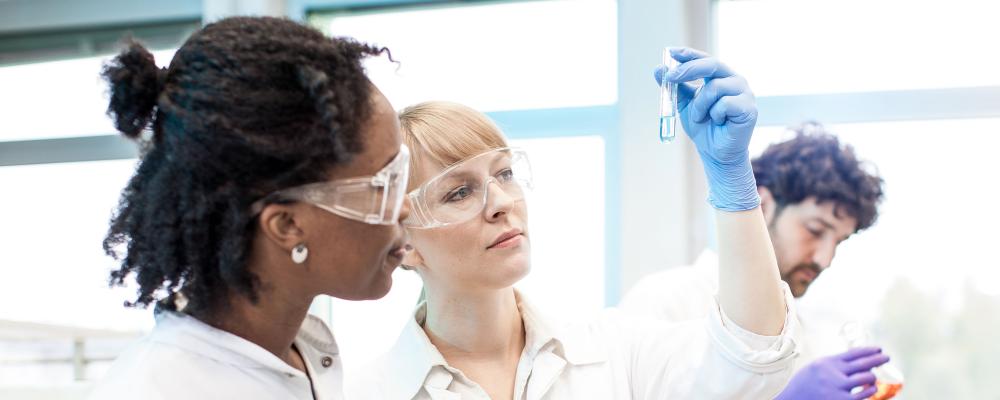Portal Our Laboratories

Biochemistry of Aquatic Products (BPA) unit of the Laboratory for Food Safety
Boulogne-sur-Mer site
Head of Unit: Thierry Grard
The Biochemistry of Aquatic Products (BPA) unit is unique in that its staff is exclusively made up of scientists from the University of the Littoral-Côte d’Opale (ULCO), as part of ANSES and ULCO's contracted unit set up on 1 January 2014. This structure enables ULCO to contribute to achieving ANSES's scientific objectives and in return, the university enjoys access to ANSES's services and resources.
This unit shares its expertise with the Laboratory for Food Safety's units on the Boulogne-sur-Mer site. It focuses on two themes in close conjunction with the Physico-chemistry of Fishery and Aquaculture Products (PCPPA) and Bacteriology and Parasitology of Fishery and Aquaculture Products (B3PA) units:
- the first theme is related to the quality and freshness of aquatic products and is studied jointly with the PCPPA unit. The "freshness” of seafood products is not only important in terms of the organoleptic and nutritional properties they offer consumers; it is also an economic challenge for French companies in the sector. Knowledge on freshness via the use of markers can be used for the a posteriori evaluation of good storage practices for products (freezing, chilling in the refrigerator). The BPA unit investigates early markers of spoilage that could help characterise freshness in order to guarantee quality, an essential component of product safety. In parallel, the team carries out work that involves distinguishing between fresh and defrosted fish fillets, also in conjunction with the PCPPA team;
- the second theme involves the study of pathogens in conjunction with the B3PA team. This approach concerns the health risks related to potentially entero-pathogenic Vibrio species in seafood products and environmental samples. The work carried out deals firstly with the development of real-time PCR methods, for the much faster detection of these bacteria, taking viable but non-culturable bacteria into account, and secondly with the use of metagenomics to characterise pathogenic bacteria such as Vibrio.